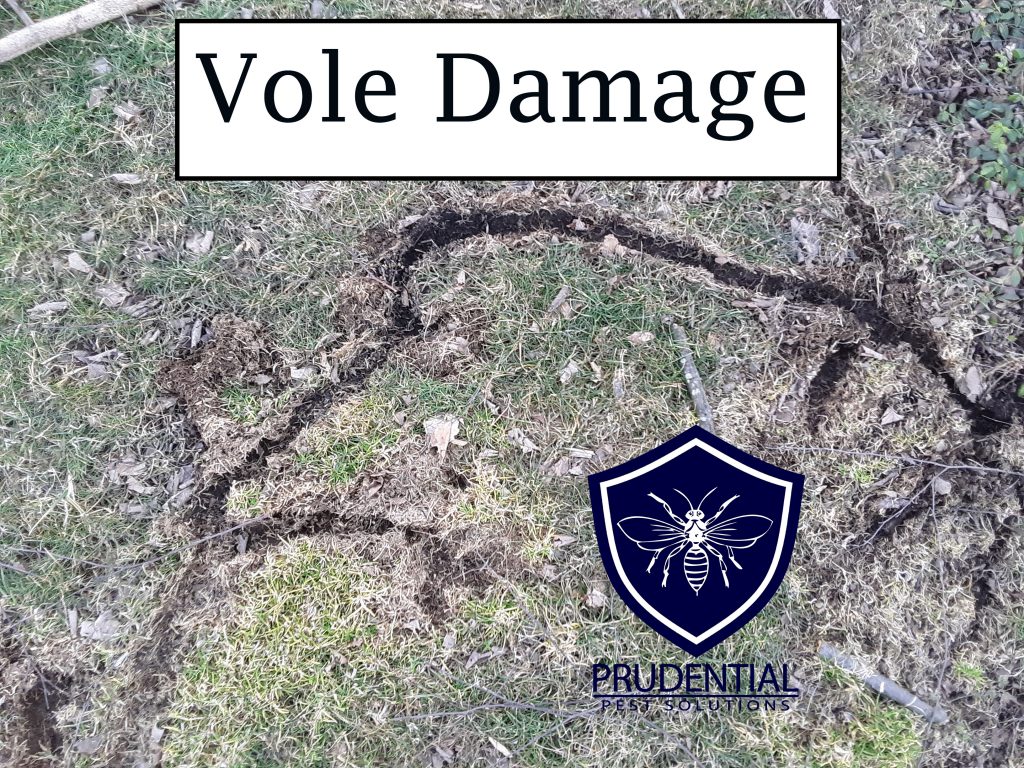Understanding Vole Yard Damage and How to Combat It
Understanding Vole Yard Damage and How to Combat It
Blog Article
Mastering Vole Bug Control: Thorough Insights on Problem Avoidance and Therapy Strategies
By identifying the refined indicators of vole problem early on, we can take aggressive procedures to stop extensive damages. In this conversation, we will certainly explore the subtleties of vole habits, dive right into the identification of invasion indicators, and reveal the most effective avoidance and treatment methods.
Recognizing Vole Habits
Analyzing the foraging patterns of voles uses valuable understandings into their behavior and habitat preferences. By observing their foraging behavior, scientists can get a much better understanding of where voles like to establish their habitats and the level of their environmental influence.
Research suggests that voles show discerning feeding practices, choosing roots, bulbs, and seeds. This nutritional choice affects their foraging patterns, leading them to areas rich in vegetation and ground cover. Additionally, voles are understood to produce sophisticated passage systems for foraging and nesting objectives, showing a high degree of flexibility to their environments.
Comprehending vole habits is necessary for carrying out targeted bug control steps that disrupt their habitat choices and foraging tasks (vole yard damage). By researching their behavior, specialists can establish a lot more effective avoidance and therapy techniques to manage vole problems
.2403200956550.jpg)
Identifying Indicators of Vole Invasion
Vole invasions can be spotted by recognizing details signs of their presence in a location. Among the most usual indications of a vole infestation is the visibility of surface runways. Voles develop networks of narrow paths on the ground that are normally about 2 inches large. These runways are usually discovered in verdant areas or beneath compost or ground cover where voles can move easily and look for food.
One more vital indicator of vole problem is the presence of little burrow openings in the ground. Voles dig shallow burrow systems with several entries and departures. These burrows work as shelter and nesting websites for the voles. In addition, voles are understood to leave chewed plant stems, origins, and bulbs near their burrow openings, indicating their feeding activity in the location.
Discovering these droppings along paths or near burrow openings can validate a vole problem. By being watchful for these indications, residential property proprietors can quickly deal with vole problems and protect against more damages.
Implementing Proactive Avoidance Steps

Furthermore, utilizing natural vole deterrents like castor oil-based repellents or predator pee can serve as reliable safety nets. It is also a good idea to routinely evaluate outdoor areas for any kind of signs of vole task, such as paths or Full Article burrow openings, to attend to potential invasions without delay. vole yard damage. By adopting these positive avoidance strategies, home proprietors can considerably lower the likelihood of vole damage and keep the wellness and aesthetic appeals of their landscapes
Reliable Treatment Techniques
Integrating targeted trapping approaches and using authorized rodenticides are vital components of effective therapy methods for managing vole infestations. Normal tracking and maintenance are additionally essential facets of successful therapy methods to ensure that vole populaces are kept under control. By incorporating trapping, rodenticides, environment modification, and regular monitoring, reliable vole pest control can be attained.
Monitoring and Upkeep Tips
Normal surveillance enables for the very early discovery of vole task, enabling prompt intervention before invasions aggravate. To properly check vole populations, strategically placed traps can be utilized in vole runways or near burrow entrances.
Furthermore, preserving a well-kept and neat landscape is vital in vole avoidance. Cleaning company website away debris, such as stacks of wood or dense greenery, eliminates potential vole habitats. Routinely mowing lawns and cutting greenery assists decrease vole hiding places and decreases their accessibility to food resources.
Additionally, ongoing maintenance of physical obstacles, such as fencings or cable mesh, is important to avoid vole intrusion. Evaluating and fixing any type of damages to these frameworks makes certain that vole control stays effective in safeguarding residential properties from invasions. By incorporating these surveillance and upkeep practices right into a detailed vole insect control plan, people can efficiently manage vole populaces and safeguard their properties from damages.
Final Thought
In conclusion, understanding vole insect control requires a strong understanding of vole behavior, the capacity to click determine signs of problem, carrying out proactive avoidance procedures, effective therapy methods, and constant monitoring and upkeep. By taking an extensive approach to vole control, people can successfully manage and prevent infestations, inevitably securing their property and surrounding setting from damages brought on by these tiny rodents.
In this conversation, we will discover the nuances of vole habits, dive right into the identification of problem signs, and discover the most effective avoidance and treatment techniques.Integrating targeted capturing methods and using authorized rodenticides are important components of effective treatment methods for taking care of vole infestations. To properly check vole populations, strategically placed catches can be used in vole runways or near burrow entries. Checking and repairing any problems to these frameworks guarantees that vole control remains effective in guarding properties from invasions. By incorporating these surveillance and maintenance techniques into a comprehensive vole parasite control strategy, individuals can successfully take care of vole populations and shield their residential or commercial properties from damage.
Report this page